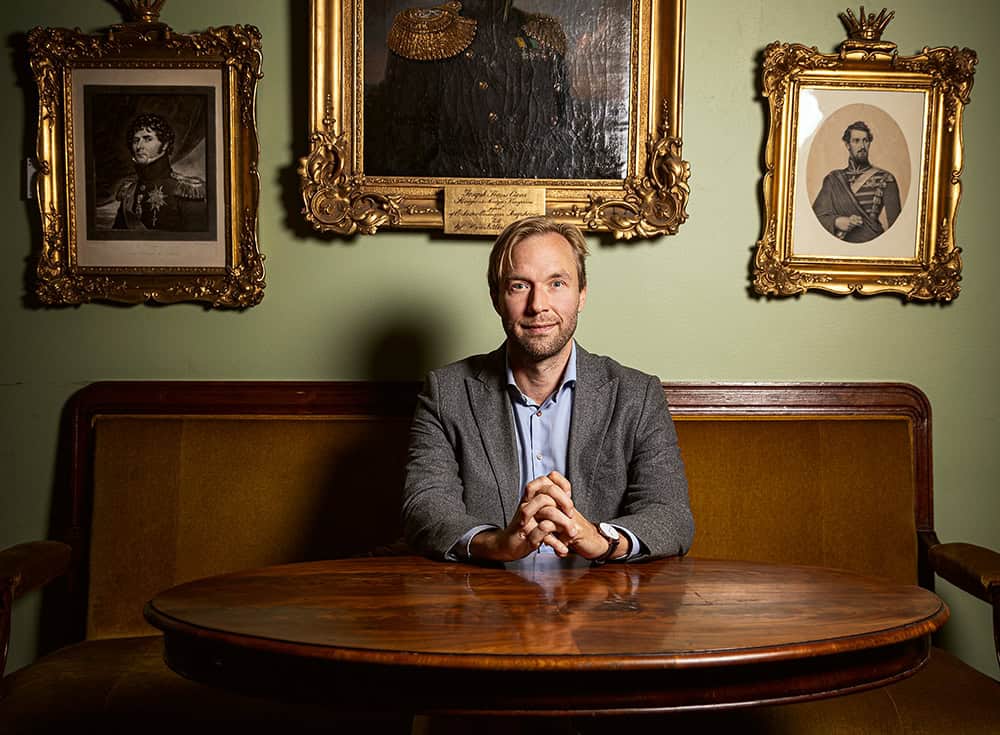Maria Olén has developed a sensitive nose. She is one of the biomedical analysts at CCUG whose job is to examine the bacteria that come in, and sometimes their smell can provide a clue. Some bacteria, however, do not give off that particular clue.
“This one doesn’t smell of anything,” she says.
We are at the bacteria’s first stop. They arrive here on a swab that the finder has used to scrape off the bacteria. The swab is accompanied by a referral containing the information that the finder has managed to obtain.
The first step is to spread the bacteria on an agar plate, a thin plastic container containing a growth medium, often with a base of nutrient-rich horse blood. It is one of these plates that Olén has just smelled. Today, she is analysing plates that she prepared yesterday. Several of the samples come from manufacturers that want to know what bacteria they have in their production.
She holds up one of the plates.
“This bacterium is growing so poorly that we can’t do much today. We’ll have to wake it up by giving it more food.”
What bacteria need to grow can provide a clue about which species they belong to. Some, for example, require oil to grow and are therefore called lipophiles. Bacteria that refuse to grow are not available in sufficient quantities for examination, so they are freeze-dried and archived.
Most bacteria also undergo an API (Analytical profile index), a method for identifying microorganisms using biochemical tests. Using a pipette, Olén drips liquid containing the bacteria into different compartments of a plastic container. The results look like coloured nail polish samples. The colours indicate, for example, which sugars the bacteria are able to break down.
Most of the time, biomedical analysis is not sufficient to extract the information needed, and analysts need to get into the DNA of the bacteria. To do this, the bacteria’s cells must first be broken up. This takes place in a room down the corridor, where Susanne Jensie Markopoulos shows us small glass vials filled with microscopic glass beads. The vials are placed in a machine and shaken for a couple of minutes. After a further process, an extremely small pellet of DNA remains, which is then dissolved in formamide and placed in wells on a plate.
The final step takes place a few floors up in a sequencing instrument. There, the dissolved DNA passes through capillaries, rows of thin wires that resemble electrical wires. On its way through the wires, the DNA is read by a laser.
A couple of hours later, Jensie Markopoulos can download the results onto a USB stick and sit down at her computer. An electropherogram appears on the screen, showing the four bases of a DNA, ACGT*, in different colours. The code is copied and then run through a number of international databases to see if there are any matches.
*A DNA helix is made up of two strands joined together at what are called nitrogenous bases. The four bases are called adenine (A), cytosine (C), guanine (G) and thymine (T).
Most bacteria in Europe
CCUG in Gothenburg holds the largest collection of bacteria in Europe. A further 24 countries belonging to the European Culture Collections Organisations (ECC) have similar collections.
Some countries have more than one collection, and several collections also contain other micro-organisms.




















